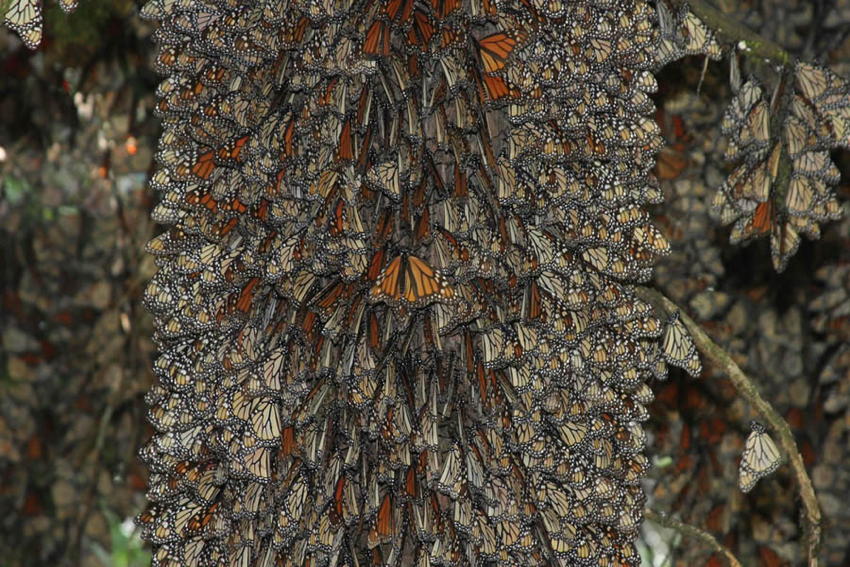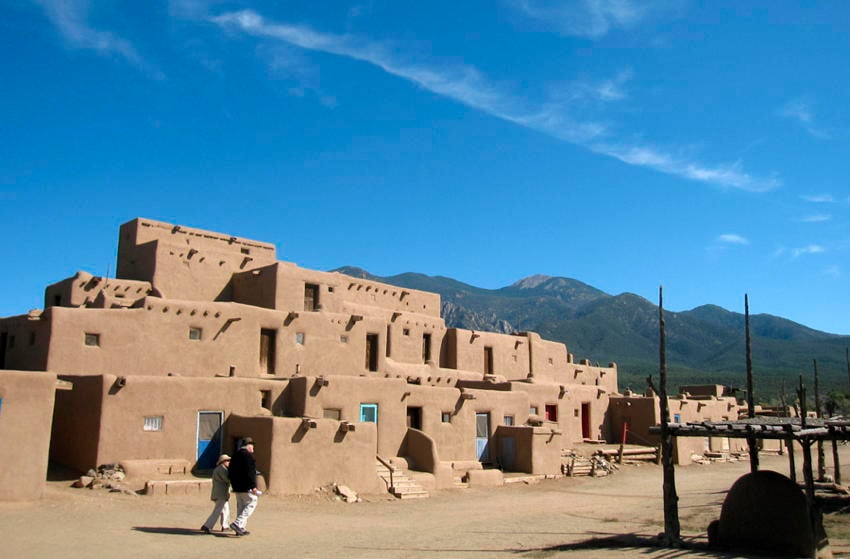Monarch Migration

In general, little is known about insect orientation. Monarch butterflies and their migration are especially mysterious; they start out spread over eastern and central North America, and all end up in the same small area central Mexican often down to the same few trees.
Only every fifth generation of monarchs migrates, so they don’t learn the path -or when to start traveling it- from their ancestors.

We can take what we understand about instinct and couple it with other cues—the sun, moon, magnetic fields, air temperatures, infrared perceptions, and landmarks, for example—but no matter what we might speculate from the seemingly endless combination of possibilities, the bottom line is that these butterflies just know.

The Taos Hum

Source: Huffington Post
The residents of Taos, New Mexico are very aware of the phenomenon that affects them, as well as several other locations around the US, Canada and the UK. Somewhere between 2-11% of the people who reside in a hum-hotspot like Taos play perennial host to a low-frequency hum that defies scientific explanation.
Once mechanical emissions were ruled out, several of the other places affected, such as Bristol, England; Largs, Scotland; and Wellington, New Zealand began looking for explanations in colliding ocean waves, mating calls of fish, spontaneous otoacoustic emissions (sounds generated by the ear itself) or tinnitus. Several hum sufferers have moved away from Taos or other affected areas, and have since claimed that the hum stopped and health related side effects (such as anxiety) had subsided.
The video below contains what is likely a reproduction of the sound, as it has such a low frequency that the buzz it is not yet known to be captured on tape.





